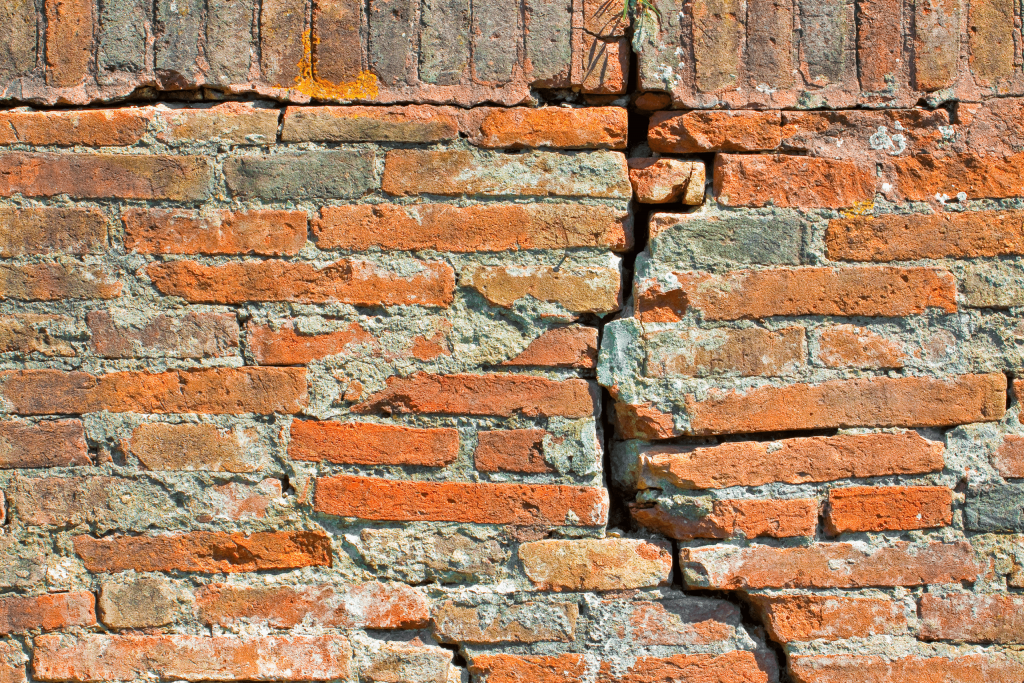
Spotting Signs of Subsidence
When it comes to owning a home, there are lots of things that can go wrong. Properties are big commitments and no matter their age, you can never truly guarantee safety in your investment. As such, it’s important you can spot the signs of subsidence and other major issues such as damp, asbestos, and flooding, to name a few.
Tackling these issues one blog at a time, today, our specialists have put together this post to help you avoid, identify, and rectify subsidence.
What is subsidence?
Subsidence is a term used to describe vertical, downward movement of the ground. This can occur naturally or as a result of human interference. Although this is usually a slow process, in some cases, subsidence can be dangerous.
Signs of subsidence
Fortunately, there are lots of early warning signs of subsidence which can help you to identify the issue and rectify it before becoming too serious. Below are just a few of the main things to be on the lookout for…
Sloped Floors
One of the biggest signs of subsidence is sloping floors. This can be visible to the human eye on occasion, but simple tests can also be carried out to confirm your suspicions. The best way to test this is with a marble. Place a marble in the middle of your floor and wait to see if it moves on its own. If your floor is level, it should stay still. Liquids (such as water) can also be used, however this tends to be messier.
Cracked Walls
Cracks within your walls and pathways could be another sign that your property is subsiding. This isn’t always the case, however you should always investigate this further to determine the cause.
Changes in the way your doors and windows close
When subsidence occurs, things shift and your doors and windows are no exception. If you’re finding that these no longer shut seamlessly and you are battling with door jamming, you should explore this further. This can happen during the regular settling process after a home has been built, but it could indicate a problem.
How to fix these issues
How you fix subsidence is dependent on its severity. In serious cases, underpinning may be required. This is a huge project and can be costly, so it should always be a last resort. This process involves strengthening the properties foundations.
In some cases and if caught early, subsidence can be easily remedied. Trees are a common cause of ground disturbance. Their roots can grow below your property, often disturbing the soil. Additionally, they also absorb moisture from the ground. This causes the dirt to compact. In these instances, provided they aren’t protected, trees should be carefully removed by a professional.
How to avoid subsidence
Subsidence can happen to any property and unfortunately, little can be done to avoid it. What you can do, however, is ensure the likelihood of this is as minimal as it can be.
Prior to buying any home, you should always instruct a team of surveyors to carry out the relevant health checks on your home. This will check for signs of subsidence, along with a plethora of other potential issues. They will then produce a document detailing risks, potential long-term issues, and the estimated costs for getting these fixed. Home surveys can help homebuyers to avoid making poor investments as well as put their mind at ease and offer reassurance.
Here at Munday + Cramer, we have a whole team of experienced, RICS accredited surveyors on hand to help anyone looking to buy a new home.
Contact our team
For more information on the signs of subsidence and how we can help, get in touch with our team today. You can reach us by clicking here or by calling us on 01245 326 200.
